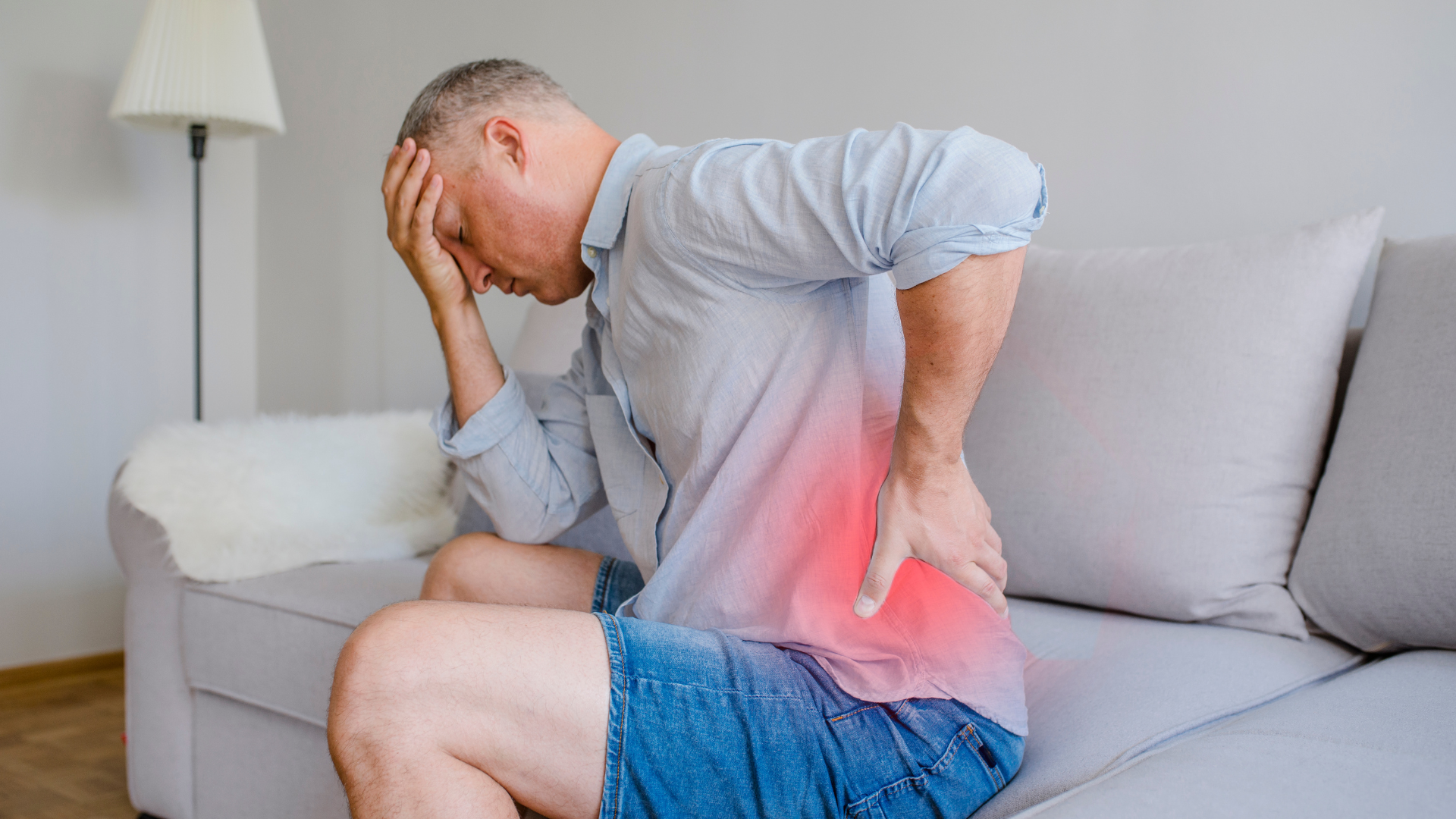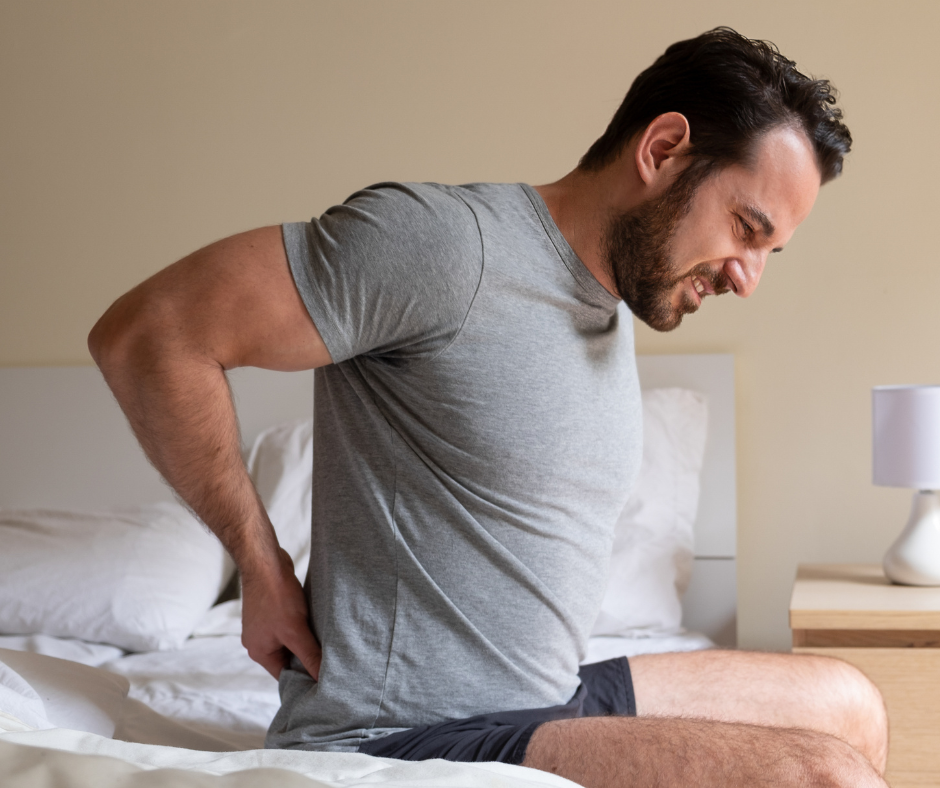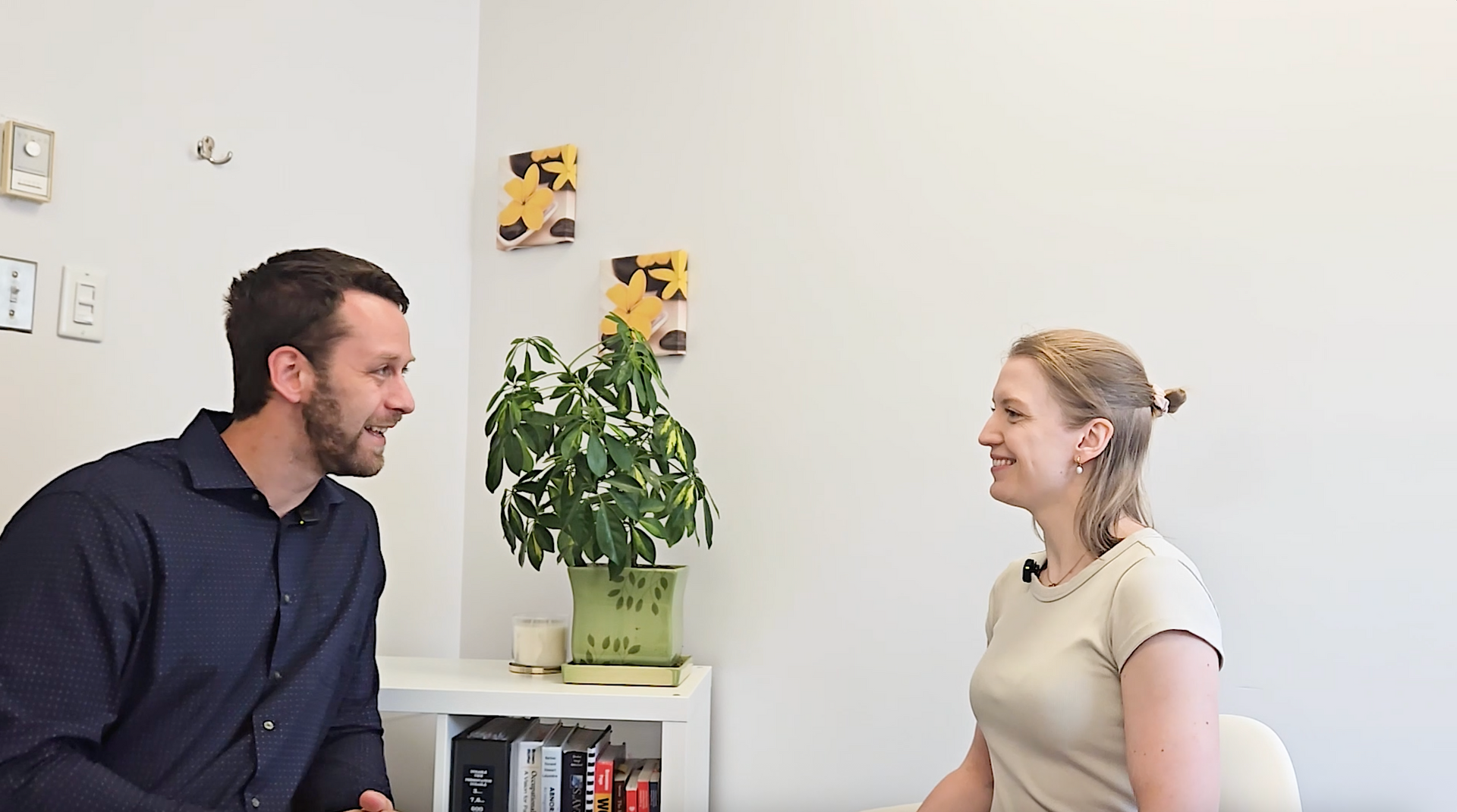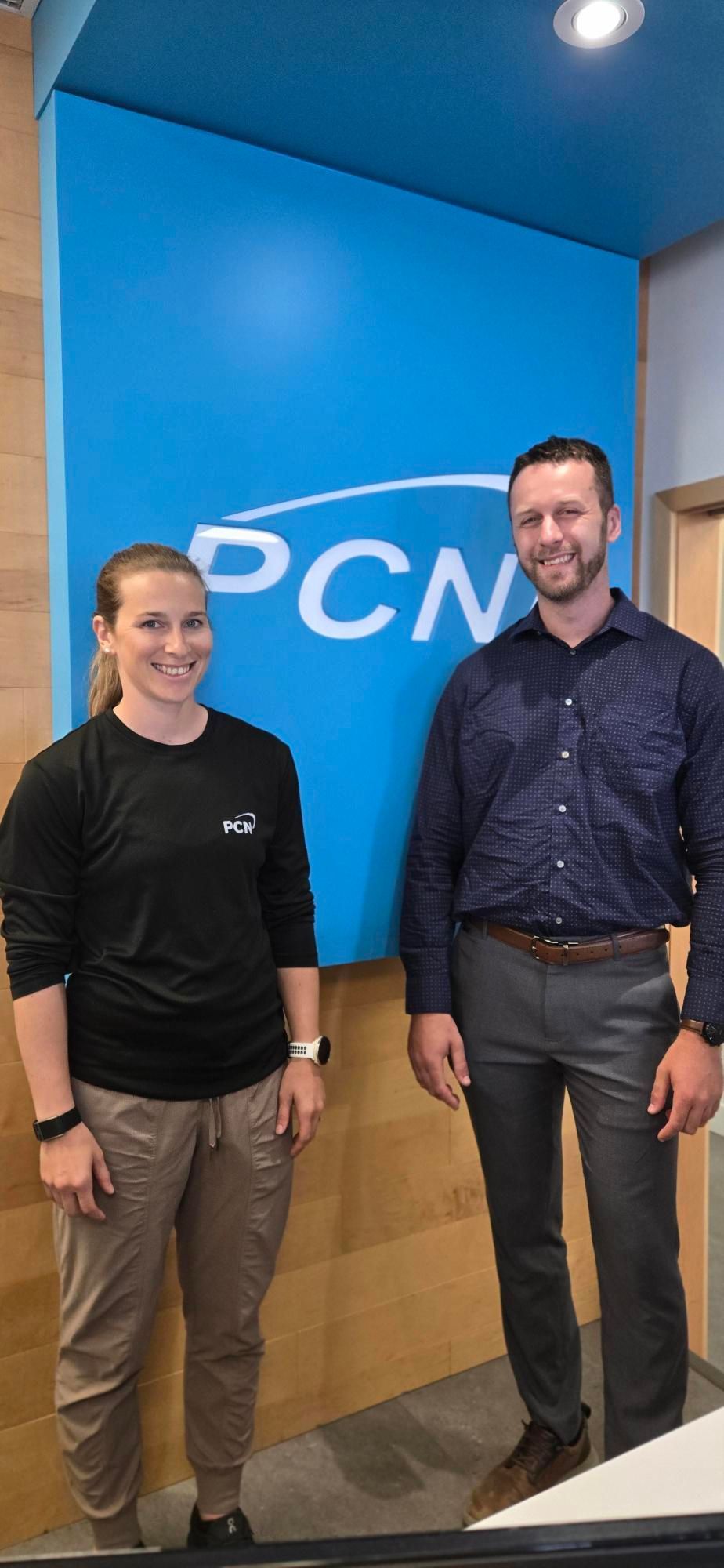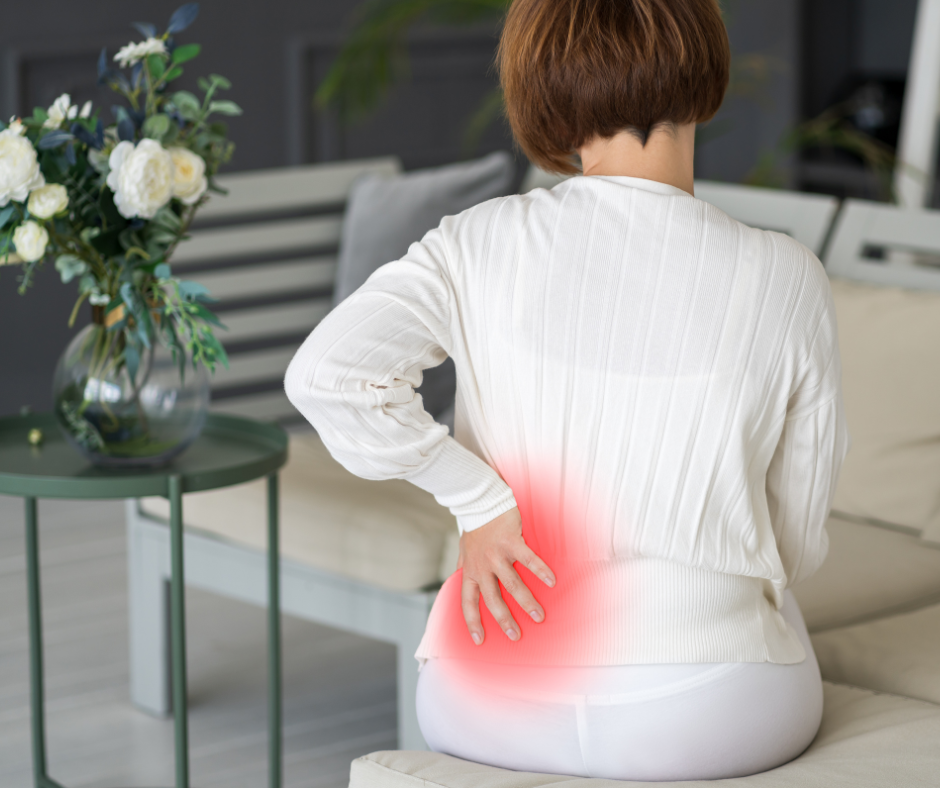Innovative approaches for pelvic rehabilitation and the use of electrotherapy at home
Pelvic floor issues are complex and multifaceted, encompassing various clinical disorders in women such as urinary incontinence, pelvic organ prolapse, fecal incontinence, and pelvic-perineal pain.
While up to 47% of women worldwide may suffer from pelvic floor disorders, they are often underdiagnosed, as reported by Peinado-Molina et al. in 2023. In the United States alone, up to 25% of women, including those who are healthy and not pregnant, might experience these conditions. These disorders significantly impact women's overall health and well-being, both physically and mentally. They can lead to considerable discomfort, sometimes resulting in social isolation, daily activity challenges, relationship disruptions, and a decrease in leisure participation.
In Quebec, pelvic floor rehabilitation through physiotherapy is proven to enhance women's quality of life. However, growing demand and limited resources have led to lengthy waiting lists, making access to care challenging. Therefore, identifying a range of available resources for your patients is crucial.
Functional therapy for pelvic rehabilitation? Absolutely!
You're likely already acquainted with electrotherapy as a staple tool in the physiotherapy toolkit. Yet, functional electrotherapy extends further, offering an innovative approach that leverages this technique to promote recovery tailored to the unique needs of each patient. Indeed, patients receive education tailored to their demonstrated and perceived needs. This customization of teaching and support is crucial for intrinsically motivating patients to incorporate this modality as a complementary part of their rehabilitation journey.
The impact of functional electrotherapy on pelvic floor disorders
Women experiencing pelvic floor disorders often suffer from pelvic pain. In such instances, Transcutaneous Electrical Nerve Stimulation (TENS) emerges as a viable therapeutic option. Research has highlighted its effectiveness in managing various conditions such as primary and secondary dysmenorrhea, vulvodynia, vestibulodynia, and dyspareunia (Bai et al., 2017; Mira et al., 2020; Arik et al., 2022; Murina et al., 2013; Murina et al., 2018; Vallinga et al., 2015) . Studies have underscored this method's potential to offer relief for patients grappling with these conditions.
In various scenarios, many women experience symptoms of pelvic floor dysfunction, such as urinary or fecal incontinence and prolapse. In this regard, neuromuscular stimulation of the pelvic floor can play a crucial role in implementing prescribed home exercises. This method not only fosters a better understanding of the muscle contraction process but also ensures optimal execution of the required contractions within an exercise program. Since women often tend to compensate by using abdominal and gluteal muscles during pelvic floor contraction, NMES provides a way to selectively stimulate the pelvic muscles, enhancing the effectiveness of rehabilitation. Moreover, this stimulation can be adjusted for different positions to facilitate learning of pelvic floor contraction in daily life scenarios. Pelvic floor muscle neuromuscular electrical stimulation can be used as an adjunct to home pelvic floor rehabilitation. Considering intravaginal electrical stimulation is advised for those who struggle to actively contract or fully comprehend pelvic floor contraction (Ignácio Antônio et al., 2022). For those unable to perform pelvic floor muscle contractions, NMES with instructions to attempt simultaneous voluntary contractions improved the ability to contract the pelvic floor (Ignácio Antônio et al., 2022; Stewart et al., 2017).
The integration of functional electrotherapy at home is not intended to replace the expertise in pelvic floor rehabilitation but rather to complement it. This strategy aims to ensure precise exercise performance and encourages patients to actively participate in their rehabilitation at home. By enabling patients to play an active role in their recovery process, it significantly enhances their quality of life. Although up to 47% of women worldwide may experience these disorders, they are frequently underdiagnosed (Peinado-Molina et al., 2023). Up to 25% of women in the United States, including those who are healthy and not pregnant, might be affected by these issues (Peinado-Molina et al., 2023). These conditions significantly impact women's overall health and well-being, affecting both their physical and mental health. Moreover, they can cause considerable discomfort to the patients, sometimes leading to social isolation, difficulties in daily activities, alterations in personal and intimate relationships, and a decreased participation in leisure activities.
In Quebec, pelvic floor physiotherapy rehabilitation is a proven approach to enhance women's quality of life. However, increasing demand and limited resources result in long waiting lists, making access to care challenging. Therefore, it is crucial to identify the various resources available for your patients.
How to identify a patient who could benefit from at-home functional therapy in the context of pelvic floor rehabilitation
To accurately identify patients who could benefit from functional electrotherapy at home for pelvic floor rehabilitation, it's essential to consider both the needs highlighted by your assessment and the patient's perceived needs.
Questions to ask include:
- Does she report significant pain associated with pelvic floor disorders?
- Does she show interest in non-pharmacological pain management approaches?
- Does she struggle to actively and correctly engage her pelvic floor muscles?
- Does she face challenges performing exercises?
- Does she tend to compensate with other muscle groups when activating the pelvic floor?
- Has she previously experienced neuromuscular stimulation and found it beneficial, for example, during clinical trials?
By addressing these questions and openly discussing with the patient, you can better determine if at-home functional electrotherapy could be a suitable and beneficial approach for her pelvic floor rehabilitation.
At SET, we are dedicated to supporting you in the pelvic floor rehabilitation of your patients, emphasizing close collaboration to optimize the effectiveness of at-home treatment. We understand the vital role of clear and precise communication in identifying and addressing each patient's unique needs.
Our recommendation tool streamlines the creation of a customized care plan aligned with your therapeutic objectives, ultimately improving rehabilitation outcomes for the patient's benefit.
We welcome you to explore how our expertise in functional electrotherapy can elevate your practice and enhance your patients' rehabilitation journey. Let's collaborate on a comprehensive approach that extends from the clinic to the patient's home, striving for the best possible outcomes.
Sources:
Allon EF. The role of neuromuscular electrical stimulation in the rehabilitation of the pelvic floor muscles. Br J Nurs. 2019;28(15):968-974. doi:10.12968/bjon.2019.28.15.968
Arik MI, Kiloatar H, Aslan B, Icelli M. The effect of TENS for pain relief in women with primary dysmenorrhea: A systematic review and meta-analysis. Explore N Y N. 2022 Feb;18(1):108–113. PMID: 32917532
Bai HY, Bai HY, Yang ZQ. Effect of transcutaneous electrical nerve stimulation therapy for the treatment of primary dysmenorrheal. Medicine (Baltimore). 2017 Sep;96(36):e7959. PMCID: PMC6392990
Li W, Hu Q, Zhang Z, Shen F, Xie Z. Effect of different electrical stimulation protocols for pelvic floor rehabilitation of postpartum women with extremely weak muscle strength. Medicine (Baltimore). 2020 Apr 24;99(17):e19863. PMCID: PMC7440138
Mira TAA, Yela DA, Podgaec S, Baracat EC, Benetti-Pinto CL. Hormonal treatment isolated versus hormonal treatment associated with electrotherapy for pelvic pain control in deep endometriosis: Randomized clinical trial. Eur J Obstet Gynecol Reprod Biol. 2020 Dec;255:134–141.
Murina F, Graziottin A, Felice R, Radici G, Tognocchi C. Vestibulodynia: Synergy Between Palmitoylethanolamide + Transpolydatin and Transcutaneous Electrical Nerve Stimulation. J Low Genit Tract Dis. 2013 Apr;17(2):111–116.
Murina F, Felice R, Di Francesco S, Oneda S. Vaginal diazepam plus transcutaneous electrical nerve stimulation to treat vestibulodynia: A randomized controlled trial. Eur J Obstet Gynecol Reprod Biol. 2018 Sep;228:148–153.
Peinado-Molina, R. A., Hernández-Martínez, A., Martínez-Vázquez, S., Rodríguez-Almagro, J., & Martínez-Galiano, J. M. (2023). Pelvic floor dysfunction : Prevalence and associated factors. BMC Public Health, 23(1), 2005. https://doi.org/10.1186/s12889-023-16901-3
Rodrigues JC, Avila MA, Driusso P. Transcutaneous electrical nerve stimulation for women with primary dysmenorrhea: Study protocol for a randomized controlled clinical trial with economic evaluation. PLOS ONE. Public Library of Science; 2021 May 20;16(5):e0250111.
Vallinga MS, Spoelstra SK, Hemel ILM, van de Wiel HBM, Weijmar Schultz WCM. Transcutaneous Electrical Nerve Stimulation as an Additional Treatment for Women Suffering from Therapy‐Resistant Provoked Vestibulodynia: A Feasibility Study. J Sex Med. 2015 Jan;12(1):228–237.
Zhong F, Miao W, Yu Z, Hong L, Deng N. Clinical effect of electrical stimulation biofeedback therapy combined with pelvic floor functional exercise on postpartum pelvic organ prolapse. Am J Transl Res. 2021;13(6):6629–6637. PMCID: PMC8290786
Connectez avec nous sur les médias sociaux

